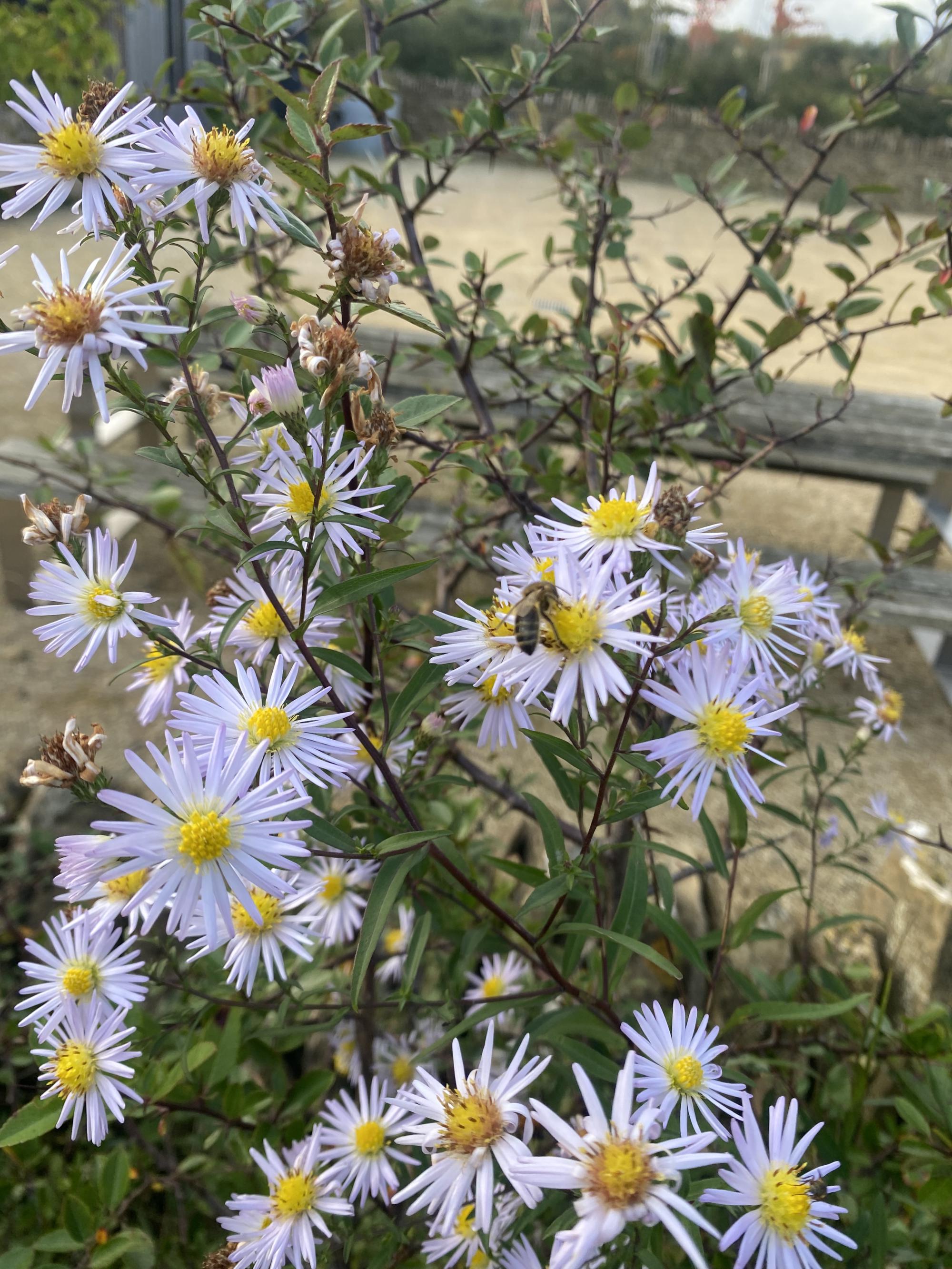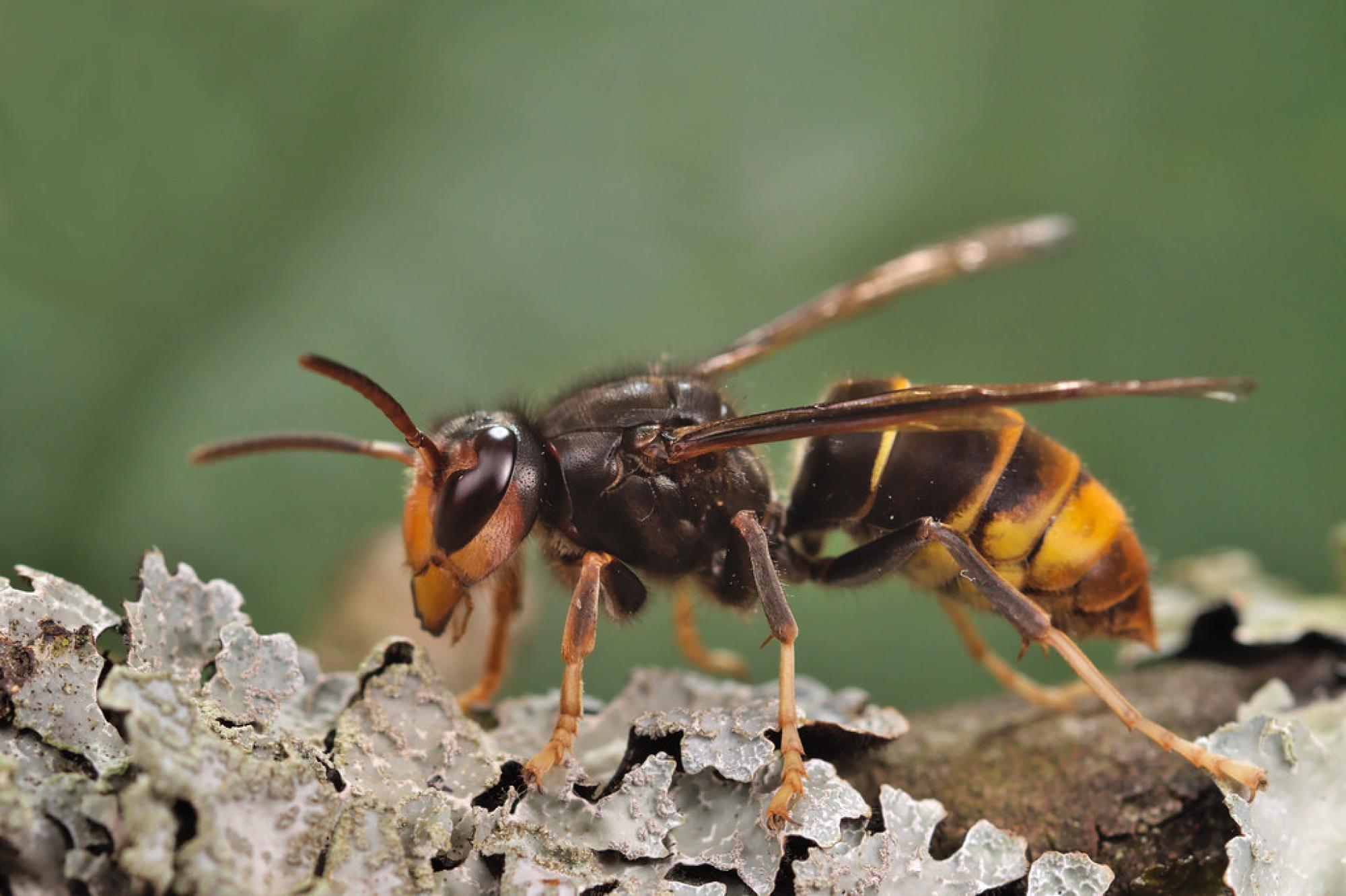The bees' year is turning
Oct 18, 2024

Summer began for our bees in real earnest around June 25 th this year. After a cold, wet and rather difficult spring the weather warmed up and it was warm at night as well as in the day. Flowers were plentiful, the soil was moist, and the bee colonies, which hadn’t wanted to swarm as much as usual due to the poor spring weather, were strong. Nectar began pouring into the hives in quantities we haven’t seen for half a lifetime. The bees were working mainly bramble, white clover, knapweed and sainfoin. These ideal conditions lasted into mid-August. My previous record for honey production from a colony in one season was 170lbs (77kgs), made in 2019, but this year two colonies broke that record with 200lbs (91kgs) and 185lbs (84kgs) of surplus honey respectively. Both these colonies were here at Honeydale Farm. Unusually for these days of early springs and oilseed rape honey, we had far more summer honey than spring honey, and it’s utterly delicious - thank you bees!
We were lucky this year that wasps weren’t present in such huge numbers as last summer. Wasps are useful members of the ecosystem, but in the late summer they try to enter beehives to steal the winter stores, and last year they succeeded in overwhelming a couple of our colonies and destroying them. This year the colonies were strong and easily able to cope with the lower number of wasps.
For several years we have awaited the coming of the Asian Hornet, or yellow-legged hornet as it is becoming known, with trepidation. Asian hornets prey on honeybees, which they carry off in large numbers to feed to their larvae and have caused carnage on the near continent in recent years. Asian hornets have been in the UK for a decade or so, but this year again, they didn’t appear in our apiaries. It’s worth looking at a photo of these predators, which aren’t anything like our native European Hornet, with their yellow legs, yellow faces, and single yellow band on an otherwise black abdomen. Sightings should be reported to the National Bee Unit. The more people can recognise the Asian Hornet, the more chance we have of preventing their spread.
The last week in September was the wettest this century, with around 7.5 inches (19cms) falling in just over a week. September had been relatively dry up to that point, but altogether we had an average of four months’ rainfall during the month. Now it’s drier, the weather has warmed up and the bees are once again foraging happily on late summer flowers, mainly ivy and Michaelmas daisy here at FarmED.
When the weather gets colder, the bees will start to cluster and only fly for essential purposes, collecting water and cleansing flights on warmer days. They remain in the cluster, moving slowly and continually to stay warm, gradually moving round the nest to consume their winter stores. The queens’ egg-laying reduces to almost nothing in December, before picking up again as the days begin to lengthen.
Then it’s time for us beekeepers to gather together, to reflect and reminisce about another extraordinary season over a glass or two of mead.
Tony Yarrow
October 2024

Asian Hornet (Credit: Gilles San Martin)
Recent news items




